Rio de Janeiro: Carioca Landscapes between the Mountain and the Sea
By Stephanie Rytting
What is Rio de Janeiro: Carioca Landscapes Between the Mountain and the Sea?
Rio de Janeiro is a vibrant, bustling city in the South American country of Brazil. The city is built up and around many hills and mountains, and right on the coast. This contrast of plentiful beaches and bays framing the city on one side, with lush, dramatic mountains on the other, creates an unforgettable landscape. The term “Carioca” refers to Rio de Janeiro – its people, landscape, and culture. The city is vibrant and a cosmopolitan merger of many traditions in Brazil, creating a culture all its own.
Disclosure: This article contains affiliate links. Making a purchase through an affiliate link will mean a small commission for this website. This will not affect your price. Privacy policy.
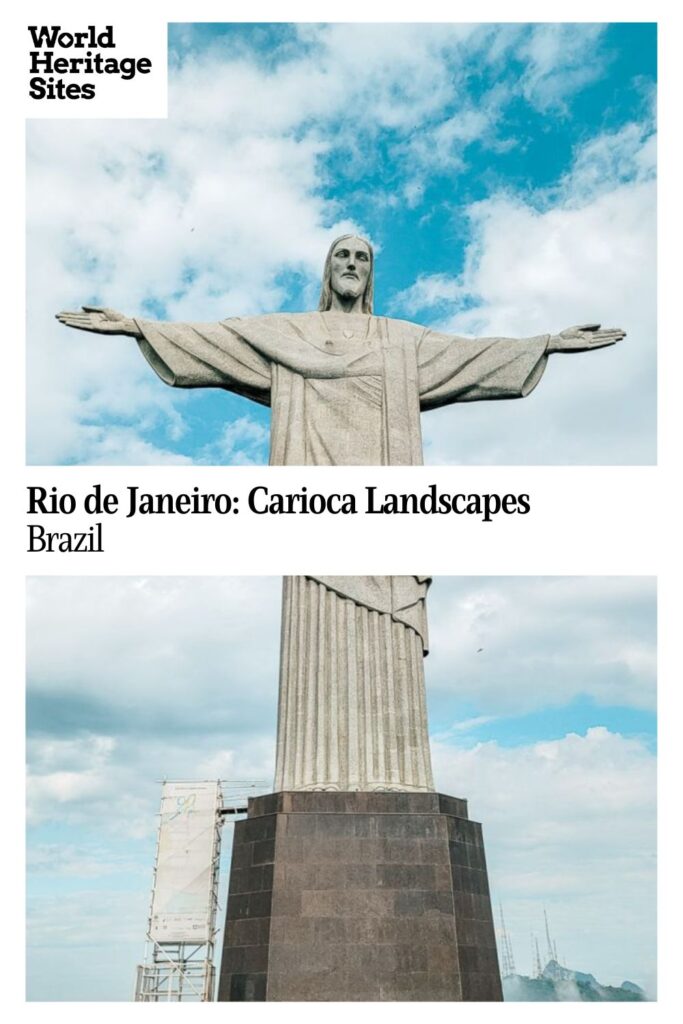
Why is Rio de Janeiro a UNESCO World Heritage site?
Rio de Janeiro is a UNESCO site because of the unique interaction between city and nature that you experience there. The UNESCO website describes the city of Rio de Janeiro as “shaped by interaction with mountains and sea.”
A lot of the city sits on a narrow strip of land, and the hills and forested mountains burst from the land forcing the city to adapt and merge with them. Instead of avoiding this type of terrain, the city truly embraces the landscape, moving in and around the hills. Many of the favelas (poor neighborhoods) of the city are built high up onto these hills.
Specific sites in Rio that make it UNESCO-noteworthy include the Botanical Gardens, a beautiful garden full of tropical plants and flowers, as well as animals and other wildlife. UNESCO also mentions Corcovado Mountain, which has the famous Christ the Redeemer statue at the top, and the hills around Guanabara Bay, the most famous of which is Sugar Loaf (or Pao de Azucar).
Strictly speaking, the UNESCO designation does not include the entire city, but rather the natural elements – mountains, forest and parkland – that have shaped how the city has developed. It also includes “extensive designed landscapes on reclaimed land along Copacabana Bay which … have contributed to the outdoor living culture of the city.”
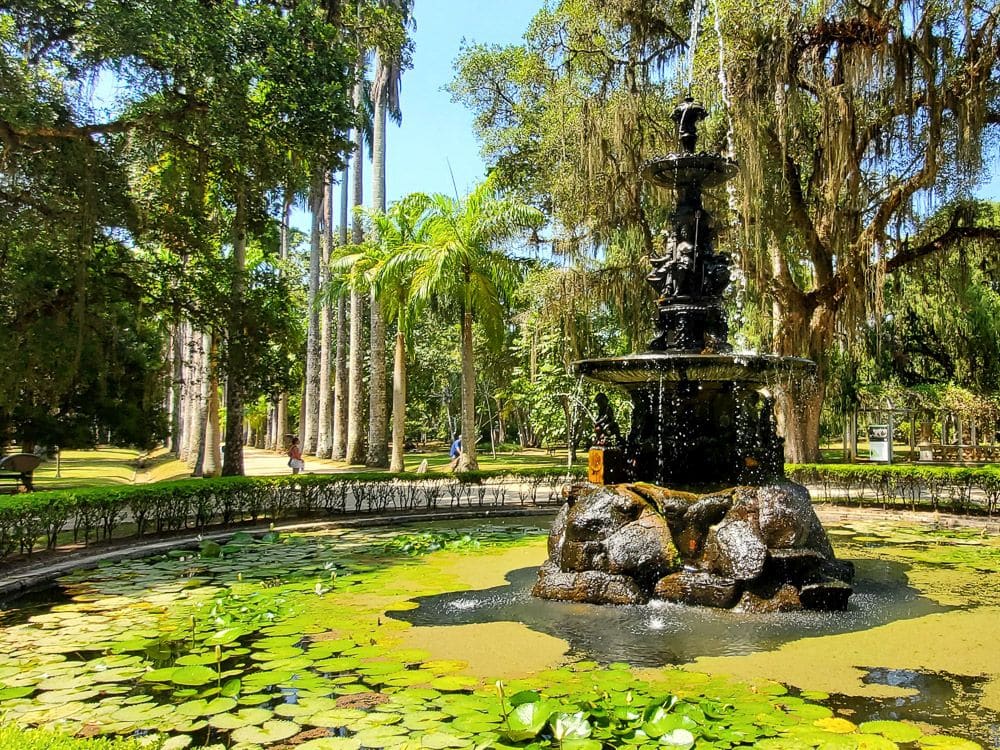
What can you expect on a visit to Rio de Janeiro?
Rio de Janeiro is an incredibly picturesque city to visit, with a variety of things to experience. We loved the beautiful landscapes and all the attractions (architectural, cultural, natural, and gastronomical) to visit.
Centro and Lapa are the historic parts of the city. Here you can find really pretty colonial architecture and colorful buildings. There are several large churches with detailed interiors, museums galore, and the Royal Portuguese Library. The Selaron Steps, which comprise over 200 steps covered in colorful tiles, is a major tourist attraction. So is the Metropolitan Cathedral, which melds futuristic design with a Mayan pyramid.
Book your accommodations in Rio.
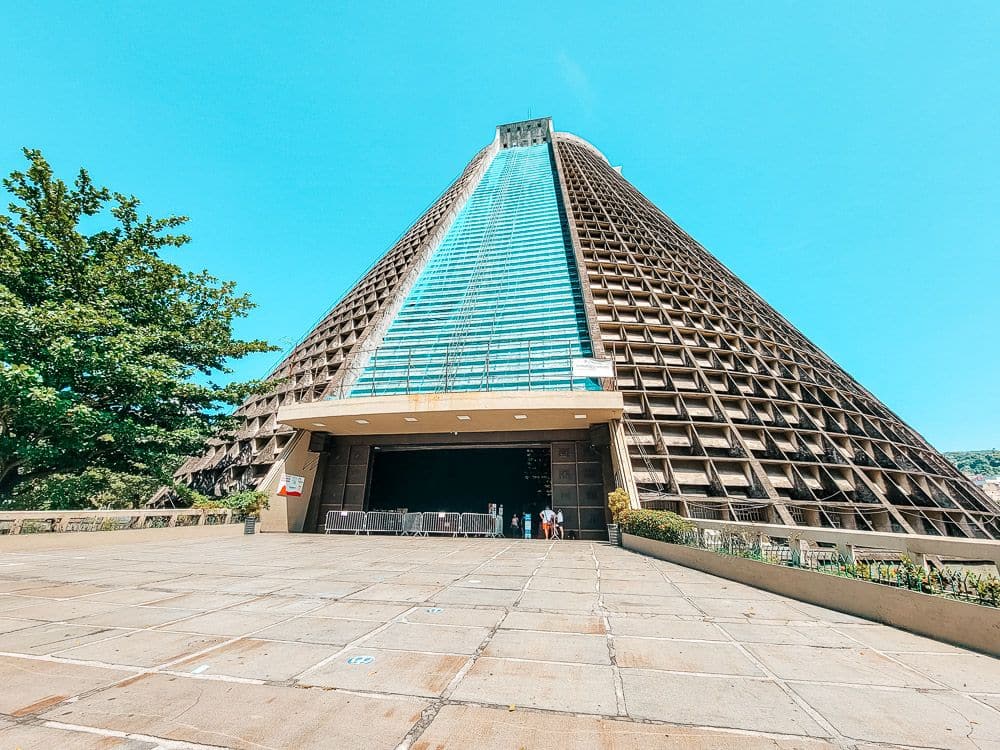
The biggest attractions in Rio are the Christ the Redeemer statue, one of the 7 wonders of the world, and Sugarloaf Mountain. While visiting the Christ the Redeemer statue can be extremely crowded, it is still undeniably stunning.
Skip-the-line tickets for Christ the Redeemer statue.
Sugarloaf Mountain is a shockingly steep, sheer mountain right on the bay. You can take a series of cable cars up to the top for incredible views over the city.
Copacabana Beach and Ipanema Beach are the two most popular beaches in the city, and are world-famous beaches. These beaches are actually quite nice, with long, wide stretches of sand, volleyball nets set up regularly at intervals, and lots of food and drink options nearby.
With all the mountains and hills around the city, there are some really stunning viewpoints. Besides Sugarloaf Mountain and Christ the Redeemer, some other popular viewpoints are the Mirante Dona Marta and the Vista Chinesa. Or you can do hikes up to high summits, like at Pedra de Gavea.
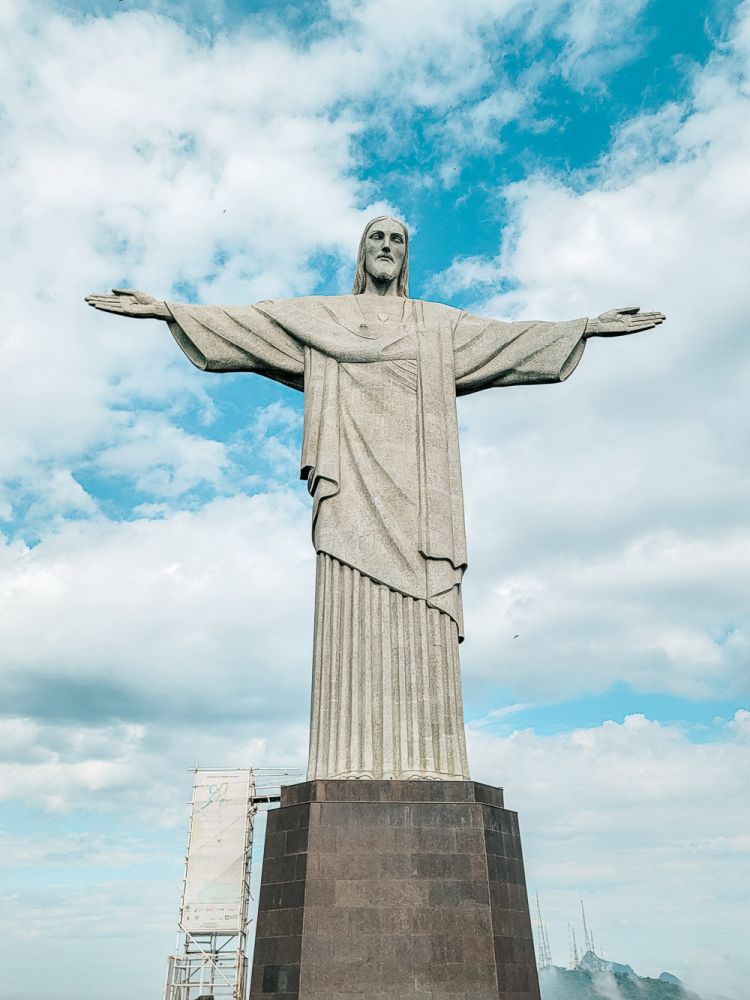
The favelas of Rio tend to be unsafe (gangs control the favelas, sell drugs, and walk openly with machine guns) and it is not recommended for tourists to visit. However, there are some guided tours in Rio de Janeiro of a couple of favelas, which I highly recommend you do. You’ll learn about the history of the favelas and the city, as well as their unique difficulties, but also see the strength of the residents of the favelas. Money from the tours goes to support the community.
Speaking of which, Rio de Janeiro definitely has a reputation of being an unsafe city. However, while you should take some extra precautions, particularly at night, I felt very comfortable walking around during the day, and found Rio to be a vibrant and lively place, full of friendly and welcoming locals.
Is Rio de Janeiro worth visiting?
Rio de Janeiro is definitely worth visiting! The city is truly beautiful, the food is delicious, and the people are very friendly. I think Rio could really be its own trip – you could easily spend a week or even two in the city, exploring all the sites, beaches, viewpoints, and neighborhoods, and never get bored.
Anyone who likes big cities will certainly like Rio de Janeiro, as it is quite large and bustling. Conversely, if you don’t like big cities, Rio de Janeiro proper might not be for you. Thanks to the large variety of natural spots in Rio, I think nature lovers will still have a good time here. And of course, travelers who like to tick off bucket list spots will love Rio, as they will be able to visit one of the 7 wonders!
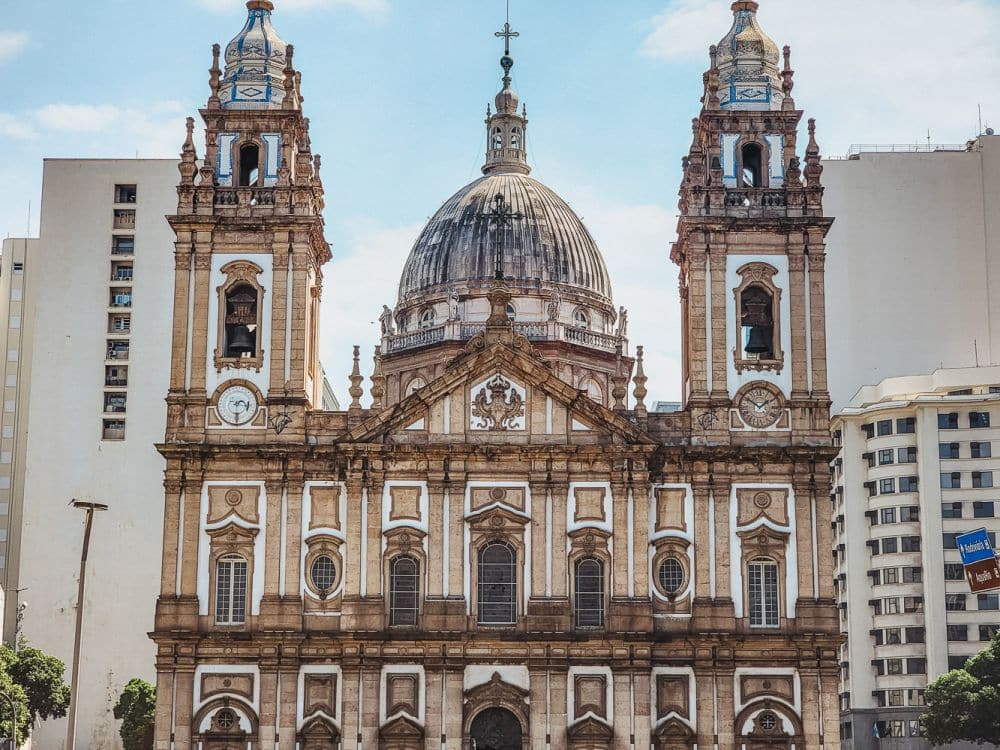
See the list of all the UNESCO sites in Brazil here.
Tips for visiting Rio de Janeiro
The months of May-September are a great time to visit, as the weather is less hot, and it’s during the dry season.
Be very careful with your belongings in Rio. It’s not uncommon for phones to get snatched out of your hand, or even purses to get slashed. Don’t be out after dark: even if you only need to walk a few blocks, take a taxi or Uber.
Book your accommodations in Rio.
If you want to experience the craziest party of your life, consider visiting Rio de Janeiro during Carnival.
Go first thing in the morning, right at opening, to visit Christ the Redeemer. You’ll have the smallest crowds by doing this. Conversely, I would recommend Sugarloaf be visited near sunset. The sunset is beautiful from the hill, and seeing the city lights illuminate the night sky is stunning.
Very few locals in Rio de Janeiro speak English. Plan to learn a few Portuguese words, and rely heavily on Google Translate.
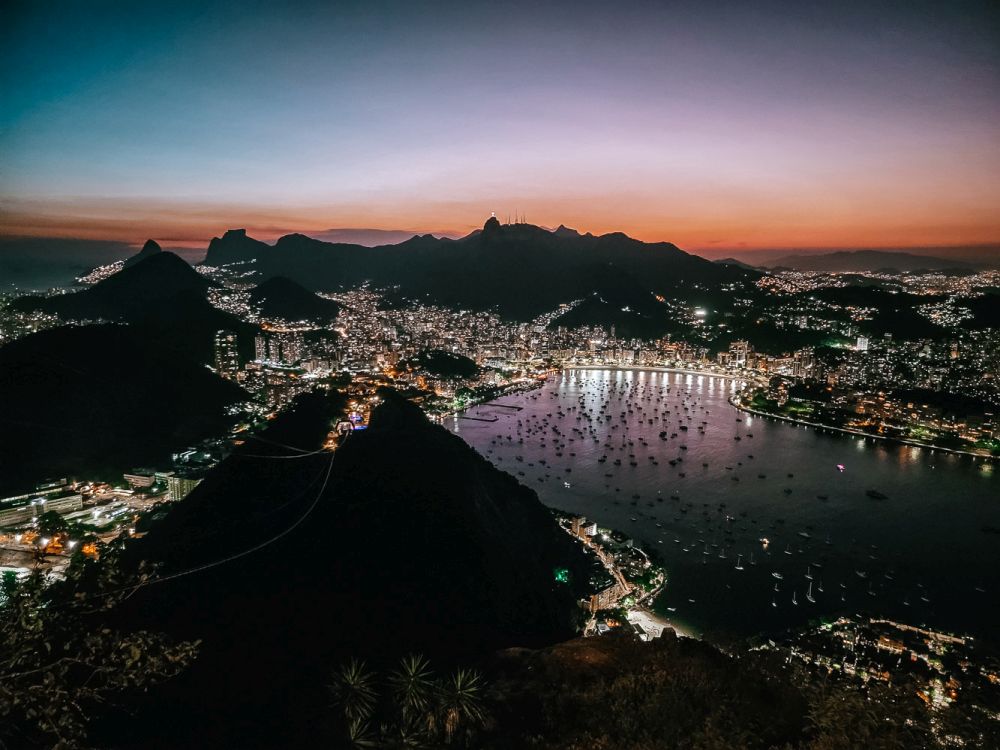
Where is Rio de Janeiro?
Rio de Janeiro is located on the southeastern coast of Brazil, and is in the southern hemisphere (Watch for water draining in your sink to move in the opposite direction than you expect, if you live in the north.). The nearest city is São Paulo, which is 435 km (270 miles) away and takes about 5½ hours to drive by car.
There is also a non-stop bus between Rio de Janeiro and São Paulo, which takes 6 hours 15 minutes.
For more information about Rio de Janeiro, its opening hours and admission fees, see their tourism website.
Have you been to Rio de Janeiro? If so, do you have any additional information or advice about this UNESCO World Heritage site? Please add your comments below!

